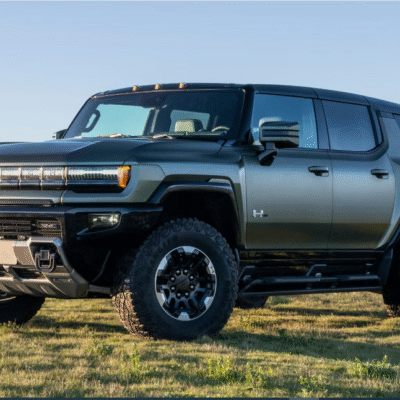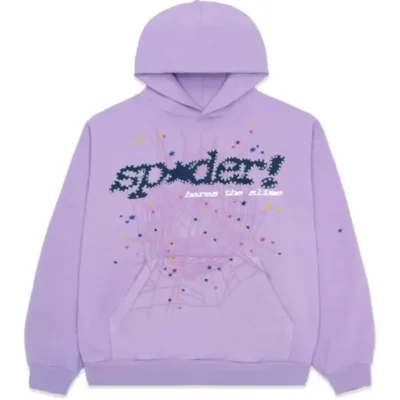Drop Dead Clothing
In the early 2000s, long before fashion influencers and aesthetic algorithms dominated the style scene, a small clothing brand with a loud voice emerged from the underground. Drop Dead Clothing, founded in 2005 by Oliver Sykes, wasn’t created in a boardroom — it was born in a bedroom, stitched together by someone who lived and breathed music, art, and alternative culture.
Sykes, best known as the frontman for metalcore band Bring Me The Horizon, began printing his t-shirt designs to wear on stage. However, fans quickly took notice—and wanted in. What started as homemade merch soon evolved into a full-fledged streetwear label that would challenge fashion norms and speak directly to those who felt like outsiders.
An Unmistakable Aesthetic: Controlled Chaos
At its core, Drop Dead Clothing doesn’t follow fashion — it follows emotion. The brand is known for its bold, off-kilter designs, which blend nostalgia, satire, darkness, and humor into a chaotic package. Think distorted cartoons, vintage video game references, cryptic phrases, creepy-cute characters, and horror-inspired visuals — all set against oversized silhouettes and streetwear staples.
The Drop Dead aesthetic is a form of emotional armor. It’s made for those who’ve felt alienated by mainstream style and want to express something real, raw, and sometimes messy. Every piece feels like it’s been ripped from a zine, a punk show, or a digital fever dream — but made wearable.
More Than Just Clothes: A Community-Driven Brand
Drop Dead isn’t just a fashion label; it’s a creative collective. It has never been interested in being a one-size-fits-all brand. Instead, it built its identity through community — drawing in artists, musicians, gamers, illustrators, and creators of all types.
The connection with fans goes deeper than just transactions. Drop Dead frequently showcases community-submitted photos, encourages fan art, and even collaborates with creatives who started as fans. It’s not uncommon to see a longtime follower evolve into a model or collaborator for the brand — something that few labels can claim with authenticity.
A Stand Against Fast Fashion: Slow, Ethical, and Intentional
Drop Dead’s limited release model isn’t just about hype — it’s a deliberate rejection of the fast-fashion machine. Collections are crafted in small quantities using ethical production practices, including organic materials, cruelty-free inks, and recycled fabrics. The goal? To create clothing that lasts — in both quality and cultural relevance.
Sustainability at Drop Dead is about accountability. The brand prioritizes transparency and doesn’t pretend to be perfect — but it does promise to keep improving. From low-waste packaging to responsibly sourced fabrics, Drop Dead demonstrates that you can remain true to your roots without overlooking the world around you.
Collaborations That Break the Mold
One of the most talked-about elements of Drop Dead’s rise has been its unexpected and unforgettable pop culture collaborations. From Sonic the Hedgehog and The Simpsons to Gremlins and Jurassic Park, the brand has repeatedly flipped mainstream icons into underground art.
These collabs aren’t about licensing for profit — they’re about reinventing nostalgia through a warped, alternative lens. Fans love the unpredictability. One drop might look like an 80s arcade hallucination; another might blend horror film aesthetics with childhood cartoons. Either way, every piece tells a story you haven’t heard before.
Built for the Web: Digital-Native, Culture-Savvy
Drop Dead Clothing was digital before digital was cool. It built its fanbase in the MySpace and Tumblr era and transitioned smoothly into Instagram and TikTok — but without losing its soul. Today, Drop Dead’s online presence still feels like an underground forum or a digital club — unfiltered, expressive, and community-first.
The brand’s ecommerce site isn’t just a store; it’s a visual experience. Lookbooks feel like mini-zines, product pages read like art statements, and the checkout process still feels personal. It’s not about chasing clicks — it’s about cultivating loyalty.
Who’s Wearing Drop Dead in 2025?
Drop Dead’s fanbase has grown up, but it hasn’t outgrown the brand. Its wearers range from teenagers finding their voice to 30-something creatives who have been with the label since its inception. Musicians, tattoo artists, game designers, digital nomads, DIY filmmakers — if you don’t follow fashion rules, you probably know Drop Dead.
But the appeal isn’t just subcultural anymore. As Gen Z and Millennial shoppers look for authentic brands with strong ethics, Drop Dead is being discovered by new audiences tired of fast fashion and faux-edgy marketing. The message still resonates: be yourself, be bold, be genuine.
What’s Next for Drop Dead?
As the fashion world turns toward virtual spaces, Drop Dead is already one step ahead. The brand has hinted at exploring digital clothing, augmented reality, virtual drops, and other innovations that blend tech with creativity. But even as the delivery evolves, the message will stay the same.
Drop Dead’s future is rooted in authenticity, experimentation, and resistance — the same values that shaped its beginning. Whether it’s collaborating with emerging artists, supporting mental health causes, or leveling up sustainability, the brand is built to grow without losing what made it matter in the first place.




